Postpartum Belly Wrap Tutorial From a Mom of Four | How to Sew and Tie

Traditional, Simple Corsetry?
Have you ever wondered if corsetry is just a western thing, or were other forms of corsetry practiced in other parts of the world? What about corsetry for pregnant and postpartum women?
I’m here to tell you that yes, corsetry, or the act of using a garment to shape and support the abdomen, has been around for a long time, and all over the world. Not only that, but today I will be showing you the BEST form of corsetry to use during the postpartum time.
The best part? It’s simple and perfect for a beginner!
I can’t wait to show you that the abdominal support of corsets doesn’t have to involve boning, expensive fabric, and complicated patterns and techniques. It really can be as simple as several yards of inexpensive cotton muslin, and a few minutes to tie it on yourself.
What Is a Benkung Belly Bind?
A few months ago, a dear friend of mine asked if I could make her a Benkung belly bind. She was expecting (she has since had her baby), and wanted to try out the benefits of postpartum belly binding. What is a Benkung belly bind? I will jump into that in the next section.
A Benkung belly bind is a form of simple, traditional corsetry.
A Benkung belly bind, is essentially a traditional, primitive form of corset which really shines when it comes to the postpartum time. Why is that? It is essentially a long, relatively narrow strip of fabric, wrapped in multiple overlapping passes over the body. The beauty of this method is that unlike conventional corsets, it is 100 percent adjustable, AND it can be used to provide pressure to the hips and pelvis as well as the abdomen. Both of these factors are vital for any form of postpartum shape-wear.
So let’s jump into how to make a Benkung belly bind, how to tie it on yourself, and stay tuned for later in the video when we will dive into some of the traditions surrounding belly binding and the potential benefits.
How to Make a Benkung Belly Bind
What Type of Fabric for a Postpartum Belly Wrap?
I used affordable cotton muslin from Amazon for this wrap.
The best type of fabric to use for a postpartum belly wrap is a natural fibre that is soft, not too thick, and affordable.
I used this cotton muslin from Amazon. It comes in a 10 yard bolt, and was quite wide. This meant that for for 15 metre-long postpartum belly wrap, it only needed one seam.
I didn’t pre-wash my fabric, as shrinkage is not as much of an issue here as it is in garment sewing. Ironing it also would have be a pain! Since this belly wrap won’t be worn next to the skin, pre-washing is also not especially important.
What Dimensions of Fabric for a Postpartum Belly Wrap?
A Benkung belly bind is anywhere from 15 to 20 metres long, and between 8-12” wide. I went with a postpartum belly wrap that was 15 metres long, and 12” wide. This seems quite wide but one of the beauties of the Benkung belly wrap is its ability to give smooth, comfortable, corset-like support - and the way it does this is through multiple overlapping passes of fabric.
Where to Begin: Cutting the Fabric for the Postpartum Belly Wrap
Since the fabric has one selvedge edge, it’s a good idea to use that as one of your sides of the belly wrap. It will save you a LOT of time not having to finish that edge.
Simple measure 12” (or whatever your desired width will be) from the selvedge edge, towards the centre of the fabric. Make a small snip here with scissors, then you can tear the rest of the length down. Most of the types of fabric ideal for this type of wrap will be “tearable” - and it will save you a lot of time cutting.
I made this wrap 15 metres long, by 12" wide.
To be sure, I would periodically measure the width of the torn strip of fabric, just to make sure that it was still 12” wide, and it was! Phew!
Time to tear that fabric!
Since my bolt of fabric was only 10 yards long (slightly less than 10 metres) and I needed a 15 metre long wrap, the belly wrap would need to have seam in it. I would therefore need to tear off another strip of fabric to get the full length for my postpartum belly wrap. I did a little math to figure out how long it would need to be, then tore a strip to this length, from the other selvedge edge of the fabric.
Seaming the Pieces Together for the 15 Metre Long Belly Wrap
My fourth son, born at home, after which I belly wrapped.
What is the best type of seam to connect these two pieces?
The seam would need to be smooth, streamlined, have finished edges, and most importantly, be strong! There is pretty much one type of seam that fits all these requirements: a flat-felled seam.
Time to do a little math!
A flat-felled seam is a seam that is sewn in two passes: the first pass is sewn just like a normal seam, with a 1.5 cm seam allowance.
After pressing that seam open, you trim down one of the sides of seam allowance very narrow- about 2-3 mm wide. Then, fold and press the other, wider seam allowance over this trimmed side, folding it under. Then sew it in place. This way, the raw edges are hidden, the seam is smooth and flat, and it is doubly strong! Then, I added a rolled hem to the two short sides of the wrap. But how to finish that 15 metre long side of raw fabric?
Finishing the Long Edge of Your Postpartum Belly Wrap
For finishing the edge, you have a few options.
I finished the raw edge of the belly wrap with a zig zag stitch and an overcast foot.
If you have a serger, that would be ideal! It is a quick and effective way to finish the edge of raw fabric. If you don’t have a serger (I don’t), there a few other options.
You can just leave the edge raw. It will give off loose threads but should eventually settle down and remain stable at the edge, especially if you wash as little as possible.
You could also sew a straight seam right next to the raw edge, or, and this is what I chose, sew a zig zag stitch along the edge.
I used an overcast foot on my more modern machine, which is a sewing machine foot designed for finishing edges. If you don’t have one though, a regular foot can do the job!
This took a long time, so be patient, and keep on feeding that fabric through the machine! Because I ripped the edge, it had a tendency to want to roll under by a couple mm. I allowed it to do this, and zig zagged over the edge at those points as normal.
Finally, the raw edge finished, I sewed a cool little tag on the end!
Traditions and Benefits
My Experience
My husband and I have four boys, and I practiced postpartum belly wrapping after three of the four births!
I’m a mom of four, and have used a benkung belly bind after all the births of my children, with the exception of my first. I have personally found it to feel incredibly supportive, both physically and emotionally.
A postpartum belly wrap can provides a sense of stability, of being enclosed and safe, at a time when you feel physically hollow, and your core feels like jello.
Physically, it fills in for your stretched out abdominal muscles which are out of commission, at a time when you need core support for carrying your baby, sitting up to breastfeed, etc.
I also attribute the belly binding to help my skin, muscles, and abdomen return to normal sooner.
Historical Postpartum Traditions
Modern day, due to various social and economic factors, a woman is expected to jump right back to normal as soon as her baby is born. For some women, this might be as extreme as going right back to work. For others this may mean having to be doing laundry, cooking, and caring for her older children the day after her birth.
It is considered a virtue and being a “supermom” to be back at the grind as if nothing as happened. And the sooner she can lose her mummy tummy, the better.
Traditionally, across all different cultures, they took a very different view of postpartum women. A woman who had just birthed a baby was respected and revered as having just done the amazing feat of growing and bringing forth a new life. She was also viewed as being just as vulnerable and in need of loving care and nurture as the new baby, usually for the first 40 days, or 6 weeks after the birth.
My fourth son and I - we have had an especially easygoing first year together, and I think it is partly due to the time I spent resting with him after the birth.
This usually meant that extended family or friends would come over, help care for her usual house and child responsibilities, and lavish the new mother with care. Different cultures of course had slightly different traditions, but across the board we can see certain common principles in how postpartum women were viewed and cared for.
Historically, it was understood that a mother and baby needed to rest, relax, and bond for some time after the birth.
A woman who has just given birth has just put out a tremendous amount of energy and life force, as well as losing a lot of blood and fluids. She also has tremendous amount of hollow space in her abdomen. I have had four babies and each time after birth, my entire midsection has felt like jello. Not only does this mean that the mother is lacking core strength which can lead to difficulty keeping good posture, holding her baby, and carrying out her daily tasks, this can also have a negative emotional effect on the mother. Both of these, belly binding was designed to address.
Traditionally, postpartum women were also viewed as being in need of warmth -warm foods, warm clothes, warm room. Also of being in need of help for her body to tighten up and clamp down. Not only has a postpartum woman just been through a pregnancy on which her body expanded to its limits, not just her belly but her pelvis. She has also just been through birth, which requires her body to open as no human body ever does in any other circumstances, to allow her baby to pass through her, out into the world. So, traditional cultures viewed it as helpful to a woman’s healing to aid her body in the process of closing and tightening back up. Her abdominal muscles, her skin, the bones of her pelvis, as well as her internal organs, lifting and shifting them back into place.
Pregnancy and birth, while natural and beautiful, expends a lot of energy, which is why I have rested after most of my births
You can probably see by now the rough idea behind traditional belly binding postpartum, and why it is something that was practiced across many different cultures.
Potential Benefits of Postpartum Belly Binding
- Aids postpartum healing
- Can help reduce “after-pains”
- Helps uterus and other organs return to their place and size
- Supports your abs, helps with posture
- Brings blood circulation to the uterus and abdomen
- Can help bring your body to its pre pregnancy size
How to Wrap Your Own Belly Postpartum
The first thing to remember is not to wrap over bare skin! Wear a tank top, t-shirt, or other undershirt underneath the wrap.
Unlike a convention corset, the beauty of a benkung belly bind is its ability to give support and gentle pressure to the hips and pelvis, as well as the tummy. For this reason, we will begin the wrap job very low down, around the fullest point of our bum.
Postpartum belly wrapping was viewed traditionally as an aid for healing and supporting the postpartum mother.
Watch the video for a full visual explanation of how to wrap. One of the key features of a benkung belly bind is a series of twist-knots formed in a straight line directly over the centre-front line of the wearer. This acts similarly to a busk on a corset, giving a line of rigid support at the area where we need it most!
Remember to spread each pass of fabric out fully, using the full width of the belly wrap. Pull each pass fairly tight, and use the most pressure over your hips and lower abdomen, not over your waist. The reason we want pressure at the hips and not the waist is so that we can support the hips to return to their pre-pregnancy hips, while also giving a lift to the uterus and lower organs. What we don’t want is pressure at the waist, as this could push down on your organs, causing pelvic floor issues. Always, always, listen to your body! Don’t wrap tighter than feels good, and only wear the wrap for as long as it feels comfortable.
The postpartum belly wrap is a tool for physical and emotional support during the postpartum, not an aesthetic waist-shaper! Keep that in mind as you are wrapping and wearing.
If you have any health concerns, such as a having had a caesarean, or a pelvic floor prolapse, consult with your trusted healthcare provider and do your research before trying belly binding. Even if you are unable to try this traditional technique in the immediate postpartum, you can still reap the benefits by trying it out at a later time! There is no hurry!
Contact me at katherine@katherinesewing.com
Enjoyed the project?
The author may collect a small share of sales from the links on this page.

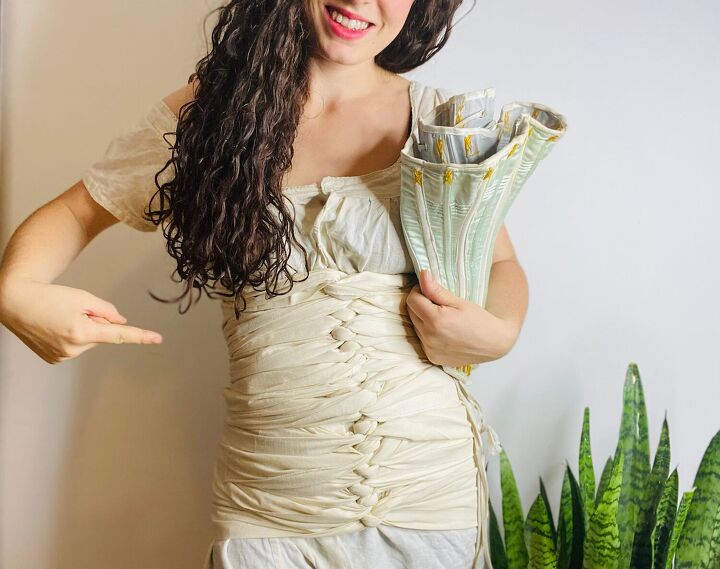











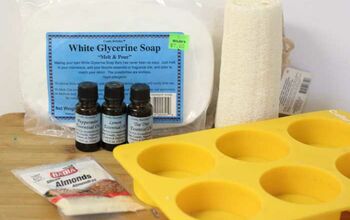
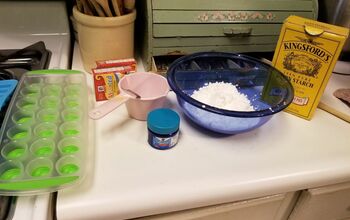
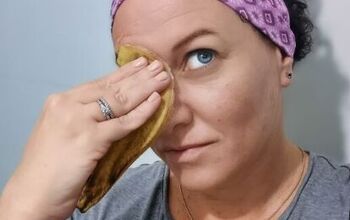
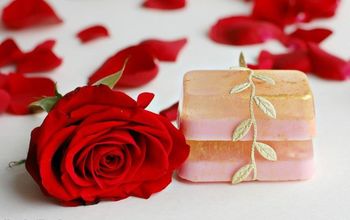
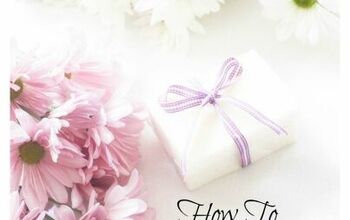
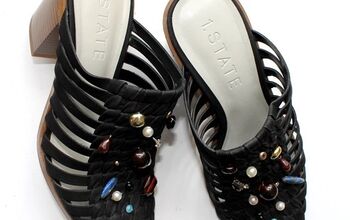

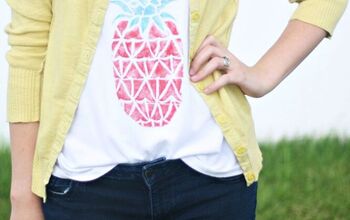




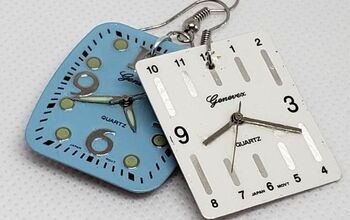


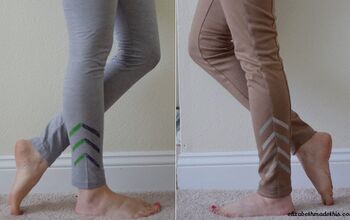

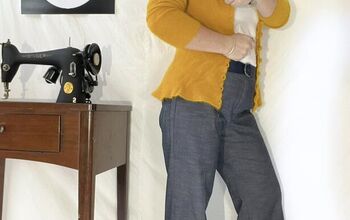
Comments
Join the conversation